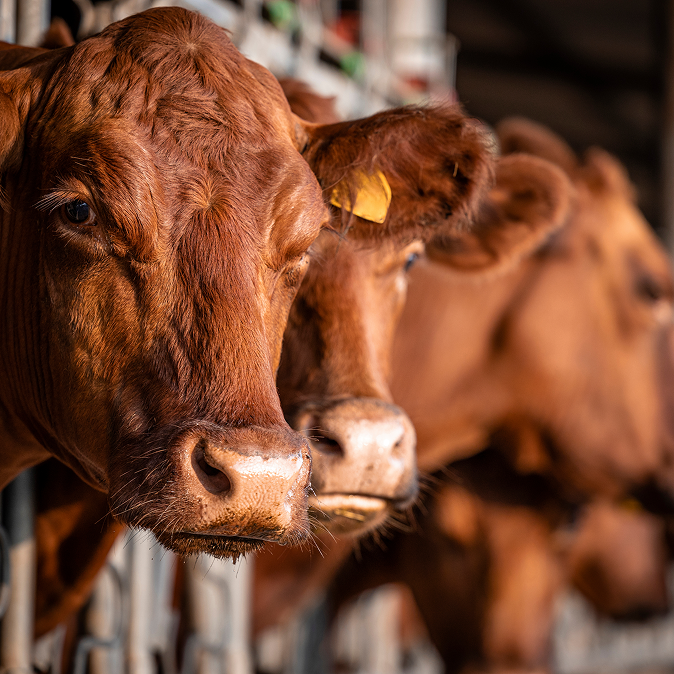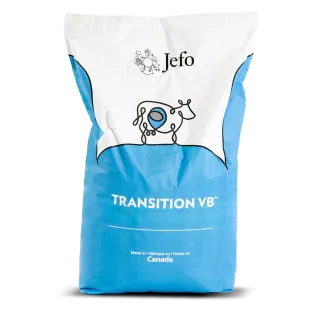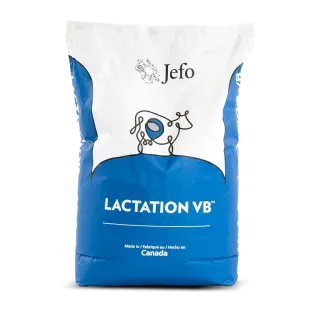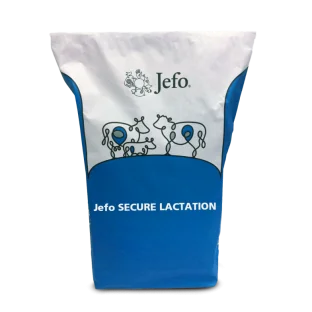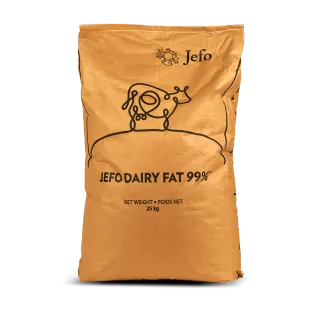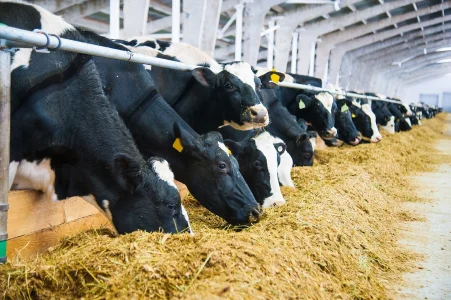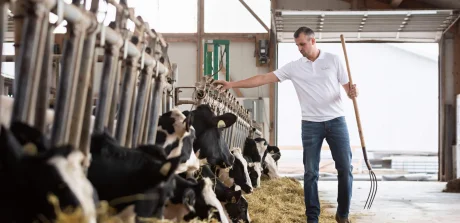- Article
- Dairy
- Management
- Stress
Cow Stress: Your Reality at the Farm Level
Managing dairy cow stress is a complex challenge, as multiple stressors often interact simultaneously, compounding their negative effects on cow health, performance, reproduction, and longevity. Understanding these stressors and implementing effective management strategies are crucial for maintaining a healthy and productive herd.
Recognizing the complexity of cow stress
In real-world farm situations, cows frequently encounter several stressors at once. For example, a first-lactation heifer that has just calved may be moved to a mixed-parity group in new surroundings during hot and humid summer conditions. This scenario presents multiple stressors social, environmental, and physiological that can significantly impact the cow's well-being.
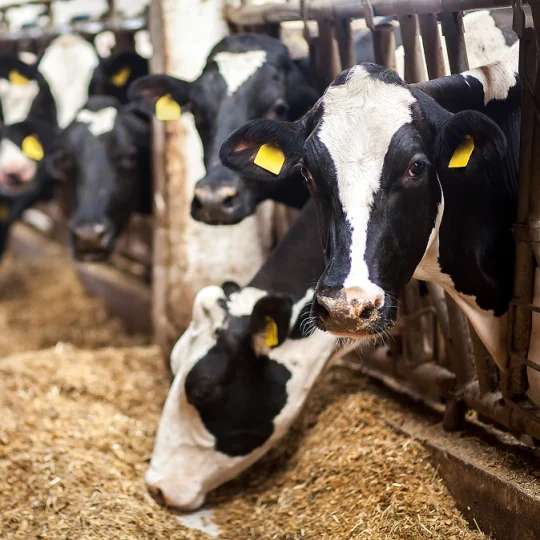
Key Stress Factors Impacting Dairy Cows
To effectively manage cow stress, it's essential to identify the primary stress factors that can affect your herd:
- Stage of production:
- Critical periods such as dry-off, close-up, calving, fresh period, early lactation, and weaning are associated with increased stress levels.
- Weather:
- Extreme temperatures, humidity, and adverse weather events like excessive rain or snow can lead to heat or cold stress.
- Intake:
- Factors such as feed availability and quality, feeding frequency, water supply and quality, and ration changes can cause nutritional stress.
- Management:
- Elements like stocking density, group changes, housing conditions, ventilation, lighting, and human-animal interactions play significant roles in cow stress levels.
- Health:
- Metabolic diseases (e.g., ketosis, milk fever), rumen and gut health issues (e.g., acidosis, inflammation), lameness, and mastitis are health-related stressors that adversely affect cows.
Strategies to mitigate cow stress
Implementing targeted strategies can help reduce the impact of these stressors:
- Weather management:
- Implement heat abatement strategies, protect animals from cold stress, ensure good air quality, and provide access to high-quality water.
- Management practices:
- Enhance animal comfort by ensuring adequate feed and resting space, preventing metabolic diseases, implementing a zero-lameness program, and training employees in proper animal interactions.
- Nutritional strategies:
- Minimize negative energy balance, prioritize rumen health, provide high-quality feeds, adhere to ration plans, and supply essential nutrients in bioavailable forms, such as protected B vitamins and selenium.
- Production stage focus:
- Invest in critical periods like dry-off, close-up, calving, fresh peak, breeding, and calf weaning, and provide exercise before calving.
- Health monitoring:
- Focus resources on key stress periods, maintain close collaboration with your veterinarian to monitor health indicators, and ensure a high-quality nutritional program that supplies adequate nutrients.
By recognizing the multifaceted nature of cow stress and implementing comprehensive management strategies, farmers can enhance the well-being and productivity of their dairy herds.
